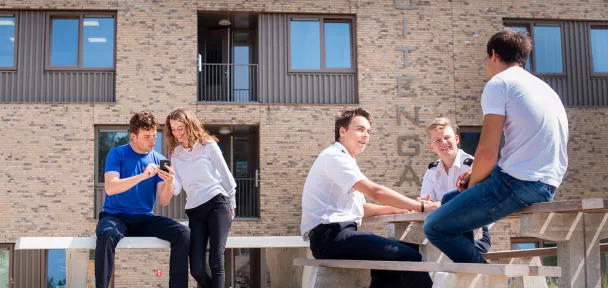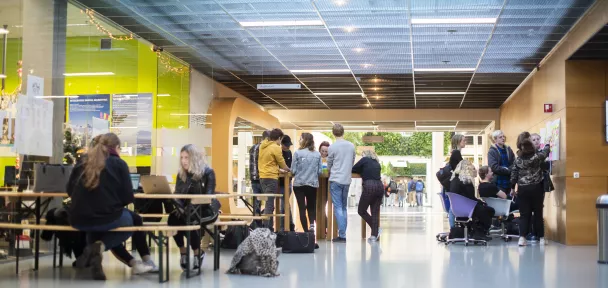
How do we make the Internet safer for young people? How media savvy do young people behave online? With the outbreak of the coronavirus, dependence on the Internet has increased. This applies especially to young people: they chat, watch videos, play games and follow online education. There are risks associated with this, such as online bullying, sexual harassment or confrontation with misinformation. In order to map the seriousness and extent of the online risks for young people and to develop a prevention strategy, a pilot project is being carried out at secondary schools in the municipality of Amsterdam.
What is the reason for the project?
Young people are active on the internet from an early age and the outbreak of the coronavirus has increased their dependence on the internet. Research shows that young people are more likely to be victims of cybercrime and run more risks online: they experiment more and are very active on social media. Online safety is directly related to the well-being and school performance of young people. In addition, media literacy has also become a central theme in primary and secondary education. However, young people are not solely responsible for their online safety: parents and schools also play a role. Young people, parents and schools should know what online risks exist and how they can deal with them. Experience shows that action is often taken only after a nasty incident has occurred. Our research project focuses on the timely identification of online risks and the prevention of online incidents through adequate information and targeted measures. The research project is being carried out on behalf of the Digital Safety Taskforce of the municipality of Amsterdam.
What issues does the project address?
The research project makes use of the Online Tool Internet Safety 2.0. This tool is aimed at pupils in secondary education (12-18 years of age). Pupils receive an online questionnaire about subjects such as cyberbullying, online deception and sexual harassment. The data obtained are the starting point for prevention strategies. Of course, the anonymity of all participating young people is guaranteed. The Online Tool Internet Safety 2.0 works quickly and easily and provides insight into online problems broken down by age, gender and level of education. Prevention strategies can be developed accordingly. This makes it possible to focus on making the Internet a safer place for young people.
Project team
- Joyce Kerstens (research group Police, Partners and Digitalisation)
- Deike Schulz (research group Organisations and Social Media)
Through this collaboration, expertise on online safety and media literacy is combined. Bilal Hashmi - fourth-year student of Integral Safety Engineering - is carrying out his graduation assignment within this project.
Would you, as a school board, municipality or safety region, like to receive information about the Pilot Inventory of Online Problems or about the Online Tool Internet Safety 2.0? Please contact Joyce Kerstens (lectoraat Politie, Partners en Digitalisering) or Deike Schulz (lectoraat Organisations and Social Media).
What are the main or (preliminary) results?
This research into online behaviour, online incidents and online wisdom among Amsterdam schoolchildren resulted in a research report, an infographic with the most striking results and an open dialogue broadcast:






